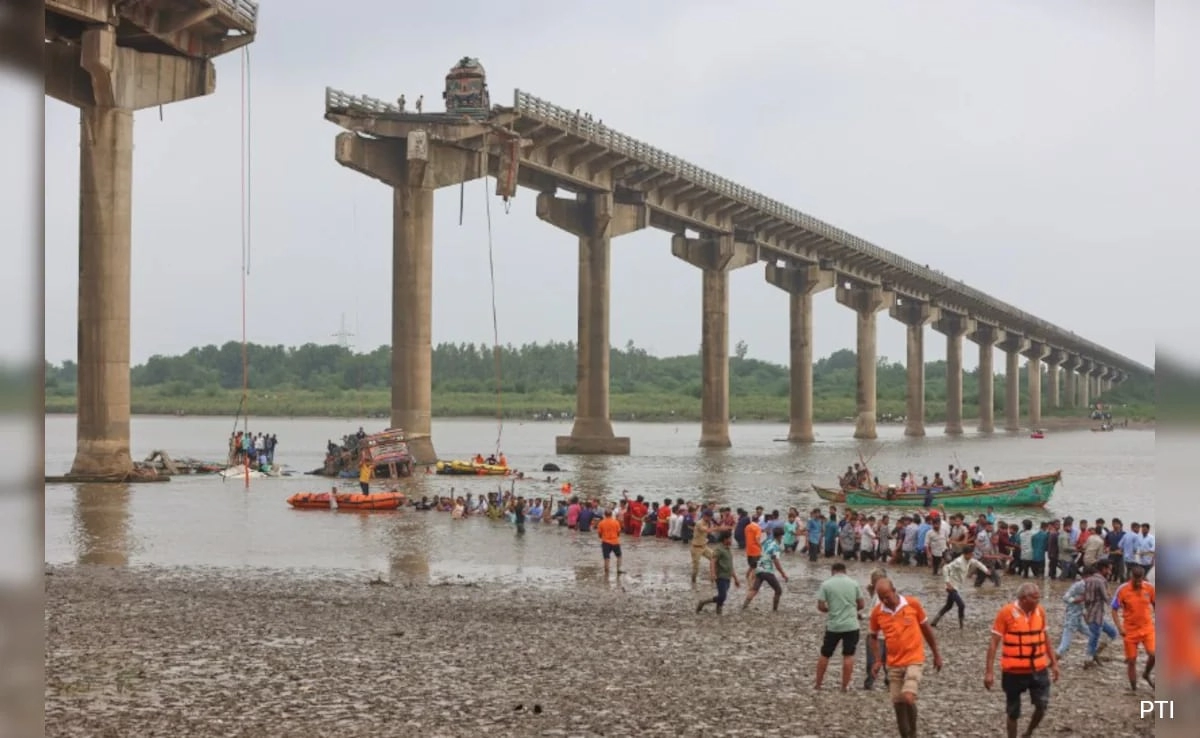The tragic collapse of the bridge in Gujarat has not only resulted in the loss of numerous lives but has also imposed significant logistical challenges for the region. The incident, which has shocked the local community and the nation as a whole, highlights the urgent need for improved infrastructure and safety measures in public transportation systems. As the investigation into the cause of the collapse continues, the ramifications for daily commuters and local businesses are becoming increasingly apparent.
In the aftermath of the disaster, residents and travelers alike are faced with a staggering 50-kilometer detour, extending travel times and complicating transportation routes. This detour not only affects individual commuters but also has broader implications for trade and commerce in the area. Delivery schedules are disrupted, leading to potential economic losses for businesses that rely on timely transportation of goods. The emotional toll on families who have lost loved ones is compounded by the practical difficulties that arise from the bridge’s closure, creating a climate of uncertainty and distress within the community.
As authorities work to address the immediate aftermath of the bridge collapse, including providing support for the affected families and restoring safe transportation routes, it is imperative that a thorough assessment of infrastructure is conducted. This incident serves as a stark reminder of the potential dangers posed by aging or poorly constructed bridges and roadways. The need for robust maintenance and regular inspections cannot be overstated, as they are essential to preventing future tragedies. The Gujarat bridge collapse is not just a local issue; it underscores a national conversation about the importance of investing in infrastructure to ensure the safety and well-being of citizens across the country.
Reflecting on this tragedy, it becomes clear that while the loss of life is incalculable, the ripple effects of the bridge’s failure will be felt for years to come. As communities mourn and recover, the focus must shift toward proactive measures that prioritize safety and resilience. Ensuring that such catastrophic events do not recur is a shared responsibility that demands attention from both policymakers and the public. The time for action is now, as the lessons learned from this sad chapter in Gujarat’s history will shape the future of infrastructure development across the nation.




